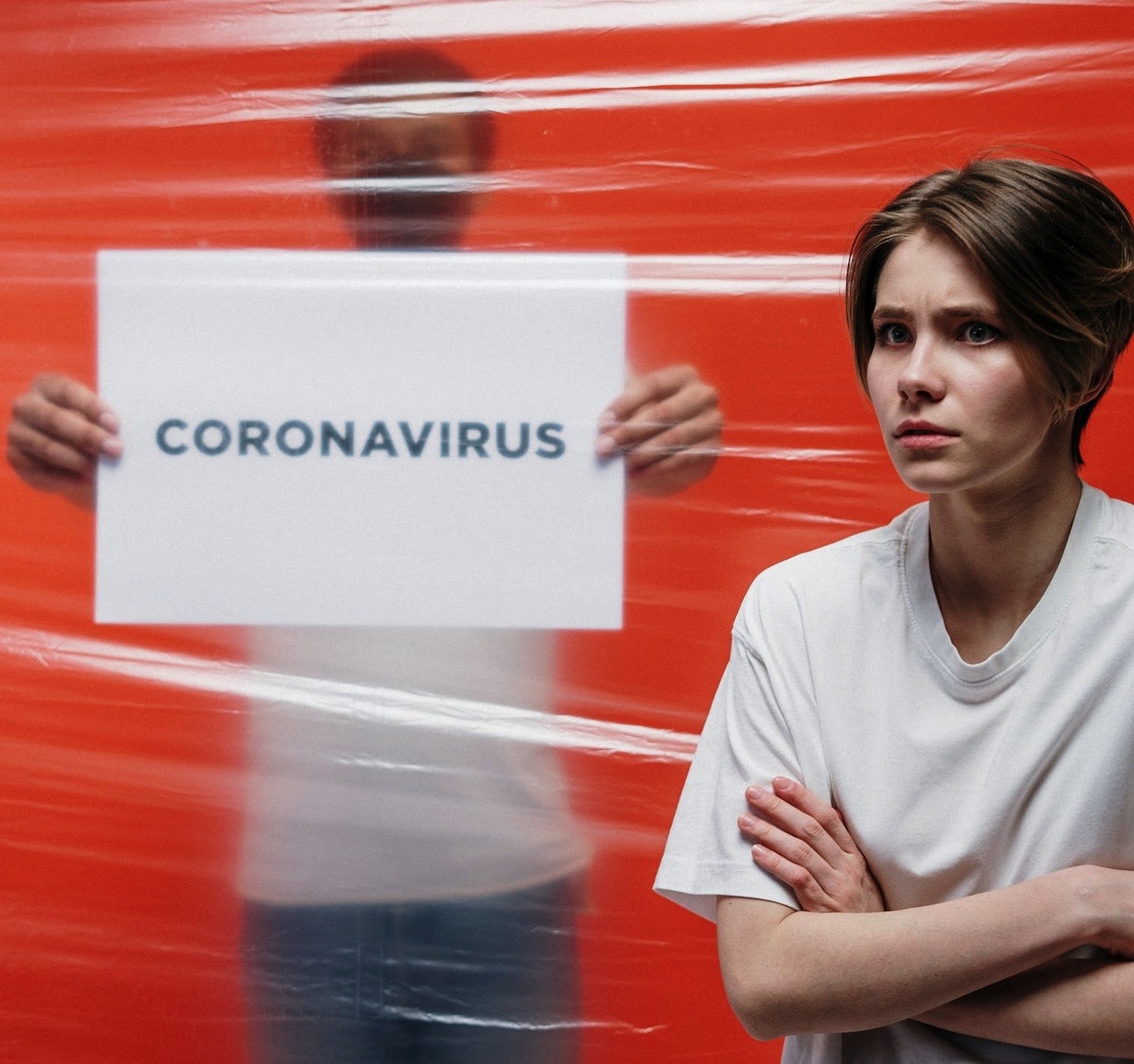The extended unconscious group field and metabolization of pandemic experience: dreaming together to keep cohesion alive

Submitted: June 19, 2022
Accepted: November 28, 2022
Published: December 29, 2022
Accepted: November 28, 2022
Abstract Views: 736
PDF: 369
HTML: 18
HTML: 18
Publisher's note
All claims expressed in this article are solely those of the authors and do not necessarily represent those of their affiliated organizations, or those of the publisher, the editors and the reviewers. Any product that may be evaluated in this article or claim that may be made by its manufacturer is not guaranteed or endorsed by the publisher.
All claims expressed in this article are solely those of the authors and do not necessarily represent those of their affiliated organizations, or those of the publisher, the editors and the reviewers. Any product that may be evaluated in this article or claim that may be made by its manufacturer is not guaranteed or endorsed by the publisher.
Similar Articles
- Lidia Borghi, Claudio Cassardo, Elisa Mingarelli, Elena Vegni, The relevance of social dreaming for action research: exploring jail workers’ unconscious thinking of the changes in the prison organization , Research in Psychotherapy: Psychopathology, Process and Outcome: Vol. 24 No. 2 (2021): SPECIAL ISSUE "Working on dreams, from psychotherapy to neuroscience"
- Gaia Albano, Rubinia Celeste Bonfanti, Salvatore Gullo, Laura Salerno, Gianluca Lo Coco, The psychological impact of COVID-19 on people suffering from dysfunctional eating behaviours: a linguistic analysis of the contents shared in an online community during the lockdown , Research in Psychotherapy: Psychopathology, Process and Outcome: Vol. 24 No. 3 (2021)
- Cristina Marogna, Emanuele Montanari, Silvio Contiero, Klodjana Lleshi, Dreaming during COVID-19: the effects of a world trauma , Research in Psychotherapy: Psychopathology, Process and Outcome: Vol. 24 No. 2 (2021): SPECIAL ISSUE "Working on dreams, from psychotherapy to neuroscience"
- Elizabeth Li, Chloe Campbell, Nick Midgley, Patrick Luyten, Epistemic trust: a comprehensive review of empirical insights and implications for developmental psychopathology , Research in Psychotherapy: Psychopathology, Process and Outcome: Vol. 26 No. 3 (2023)
- Massimiliano Sommantico, Ilaria Iorio, Marina Lacatena, Santa Parrello, Dreaming during the COVID-19 lockdown: a comparison of Italian adolescents and adults , Research in Psychotherapy: Psychopathology, Process and Outcome: Vol. 24 No. 2 (2021): SPECIAL ISSUE "Working on dreams, from psychotherapy to neuroscience"
- Giorgia Margherita, Benedetta Muzii, Alessia Caffieri, Adriana Di Francia, Brenda Somma, ‘Isolated together’: online group treatments during the COVID-19 pandemic. A systematic review , Research in Psychotherapy: Psychopathology, Process and Outcome: Vol. 25 No. 3 (2022): SPECIAL ISSUE: "Group psychotherapy: between settled benchmarks and new horizons"
- Salvatore Gullo, Ilaria Misici, Arianna Teti, Michele Liuzzi, Enrico Chiara, Going through the lockdown: a longitudinal study on the psychological consequences of the coronavirus pandemic , Research in Psychotherapy: Psychopathology, Process and Outcome: Vol. 23 No. 3 (2020)
- Vera Luisa König, María Isabel Fontao, Leandro Martín Casari, Alejandra Ruth Taborda, Psychotherapists’ experiences of telepsychotherapy during the COVID-19 pandemic in Argentina: impact on therapy setting, therapeutic relationship and burden , Research in Psychotherapy: Psychopathology, Process and Outcome: Vol. 26 No. 1 (2023)
- Paula Dagnino, Carola Pèrez, Adriana Gòmez, Sergio Gloger, Mariane Krause, Depression and attachment: how do personality styles and social support influence this relation? , Research in Psychotherapy: Psychopathology, Process and Outcome: Vol. 20 No. 1 (2017)
- Giovanna Esposito, Viviana Perla, Raffaella Passeggia, Erik Fertuck, Erhard Mergenthaler, Reflective functioning and personal recovery process of users with borderline personality disorder on Instagram: an explorative study using computerized and thematic analysis , Research in Psychotherapy: Psychopathology, Process and Outcome: Vol. 23 No. 3 (2020)
You may also start an advanced similarity search for this article.

 https://doi.org/10.4081/ripppo.2022.646
https://doi.org/10.4081/ripppo.2022.646





